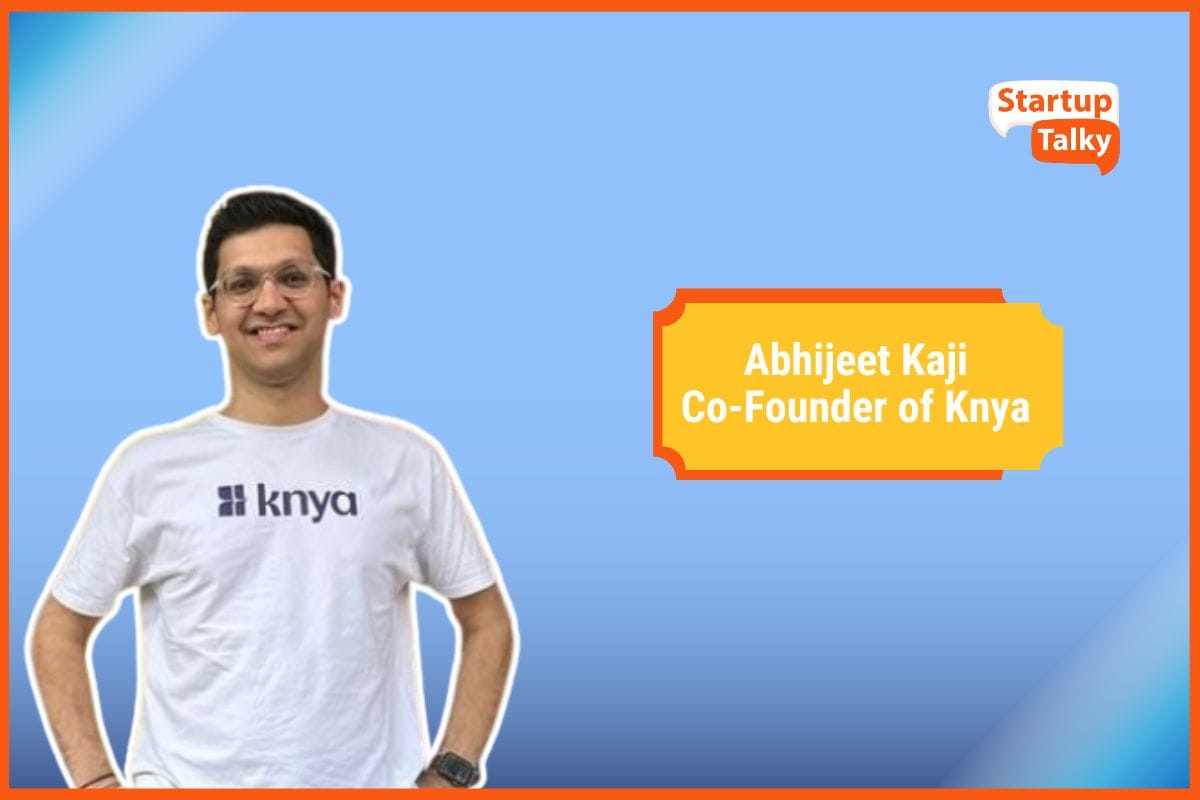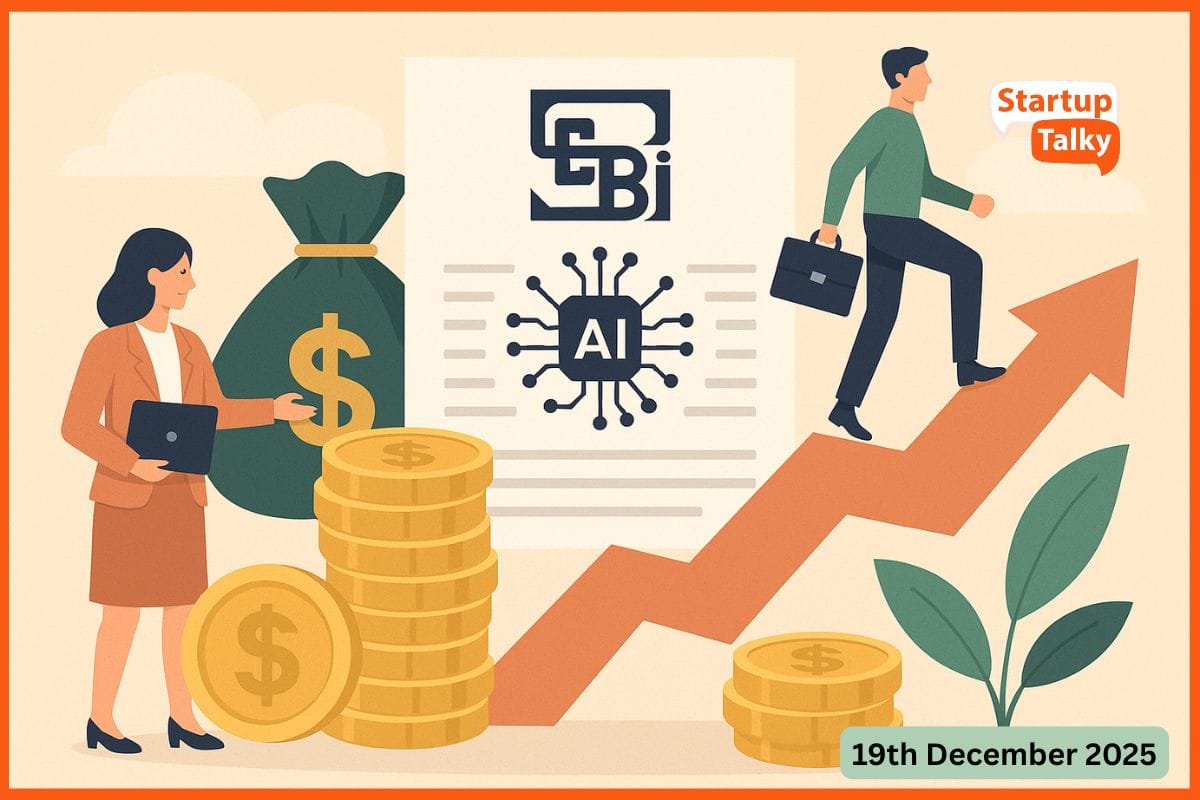What is a Business Model? Types of Business Models
Business Models
Ever wonder how businesses work? What goes on behind-the-scenes? How Google makes money? Or how there's a McDonald's a stone's throw from wherever you are! Every business follows a certain style of working. And that style is its business model.
A business model is a framework that defines how you generate long-term value in terms of revenue by providing value (products/services) to your customers. Here, comes an exhaustive but hopefully not exhausting list of business models that various companies have adopted and modified according to their needs. I bet my non-existent Cadillac that you have heard of them.
1. Hidden Revenue Business Model
2. Advertising Business Model
3. Razor Blade and Reverse Razor Blade Model
4. Franchise Business Model
5. Direct Sales Business Model
6. Peer-to-Peer Business Model
7. Subscription Business Model
8. Freemium Business Model
9. Customization Business Model
10. User-Generated Content Business Model
11. Multibrand Business Model
12. Attention Merchant Business Model
How to Write A Business Model?
FAQ's
Types of Business Models
The Ancient Three
These are the oldest and most basic business model types. They were popular before the time of computers and spreadsheets. All subsequent models evolved from:
- Manufacturer: Conversion of raw materials or assembly of pre-made parts into finished goods is the job description here. The sales can be taken care of by the parent company or outsourced. Say, cement manufacturers.
- Distributor: This person acts as the in-between for manufacturers and retailers/customers. For example, auto dealerships.
- Retailer: Through a physical or online location, the retailer purchases products from the manufacturer/distributor and sells them to the public.
1. Hidden Revenue Business Model
"Google, Facebook"
I'm sure you wonder how the owners of Google and Facebook are oh-so-rich when you have probably never paid a cent to use their services. Consider google. It charges its users not in money but in data. The keywords searched are sold to the highest bidder who then sends you ads relevant to your searches.
Also, the ads you see on many webpages are 'spaces' rented out to advertisers. Every click or action pays the website owner a commission. Google has adopted an advertising business model within a hidden revenue model. Facebook works similarly using targeted ads.

2. Advertising Business Model
"Buzzfeed, Medium, Google"
This model is used by firms/companies that have a wide user base or user traffic. They sell digital space to advertisers. The revenue is generated by three modes- cost per click (CPC), cost per thousand (CPT), or cost per action (CPA). This model works only if the content generated engages and retains the audience. There is a tradeoff between user experience and the need to generate revenue. There is also the issue of trust. The important thing is to never sacrifice quality chasing clicks.
3. Razor Blade and Reverse Razor Blade Model
"Gillette, X-box"
The strategy here is to pair a dependent good with a consumable good. The former is sold at a very low cost and the latter at a high price.
Let's take a look at these business model examples.
Gillette Its inexpensive razor and expensive blades. A periodic income is generated for the owner. The company revolutionized this business model and is aptly named.
Apple
Apple's products such as MacBook, iPhones, etc., are priced way higher than their manufacturing and any additional production costs but the additional features such as iTunes and the play store come at a nominal cost.

4. Franchise Business Model
"McDonald's, Starbucks"
A franchise is an agreement between a franchisor and a franchisee. The latter buys the right to use the established name, trademark, operational strategy, and sell products under their name. The fee paid is known as the licensing fee and apart from that, the parent company charges royalties which is a percentage of gross sales. The former takes care of the overall and affiliate operation strategy such as products and advertising. A franchise is a much safer operation as compared to starting a business from scratch.

5. Direct Sales Business Model
"Avon, Amway, Herbalife"
There are no retail stores. An army of salespeople connected with the company act as links between the company and the retailer or customer. The product demonstration takes place in the customer's home or any business setting of the salesperson's choosing. He/she takes a cut of the sale made, while the parent company retains the rest.
6. Peer-to-Peer Business Model
"Airbnb, Uber"
This is the buyers-meet-sellers model. The company provides a platform for that. There is no physical inventory for which the company takes responsibility. Their only duty is to assure the users of their credibility. Therefore, this is a model of minimum responsibility and risk. Revenue can be generated in a variety of ways:
- Charging a fee from sellers for using the platform
- Charging a fee for advertising
- Getting a cut of buyers' successful transactions
7. Subscription Business Model
"Netflix, Digit, Dollar Shave" One of the more popular and successful business models. Periodically- say every month or year, an amount is charged. A subscription model implies a continued relationship with the customer. In order to retain your customer base, new and updated content must be provided regularly. A subscription is much more beneficial than pay-per-product or lifetime access as it generates steady revenue at manageable content updation costs.

8. Freemium Business Model
"LinkedIn, Skillshare"
Companies implementing this model offer a basic set of features for free to establish how their product works. It is one of the successful business models in India. This builds a relationship with the customer. If the user is satisfied, he/she may pay an amount to access the premium features of the product, have an ad-free experience, or utilize any such service the company chooses to provide.
Companies utilizing this model are often those which offer personal or business services. LinkedIn for example services HR as well as job-seeking professionals. The platform, for a fee, makes it more sophisticated for the users to meet their requirements.
9. Customization Business Model
"Nike, Tailoring industry"
Customization took the industry by storm. There was no better way to make customers feel as if the product was made for them unless you actually made it for them. With the advent of 3D printing, customization has become all the easier with the availability of build-on-demand services. Every transaction is unique to the customer. Nike's custom shoes are an example of customization on a large scale.
10. User-Generated Content Business Model
"Quora, Youtube, Reddit"
Content is generated by the users. But the users get paid neither do they pay. Their reward is recognition for their content. An advertising business model is used within the model. The revenue is generated as per the same. A system of ranking based on 'likes' or popularity attracts the user base.

11. Multibrand Business Model
"Unilever, Kering Group"
One corporation owns many brands none of which are marketed in relation to each other or the parent company. Take Unilever for example. It owns over four hundred brands. You might have heard of Dove, Lipton, Magnum, and Pepsodent. See how diverse their product portfolio is?
The supply chain, marketing & branding strategy, and other key operations are centralized while product research & development, and other product-specific operations are decentralized to ensure creativity. The independent nature of this model allows the corporation to enter any market from ( economical to luxury ) without affecting its existing product range and sales. Unilever is the fourth largest advertiser in the world.
12. Attention Merchant Business Model
"Snapchat"
This business model aims to capture human attention for extended periods. This again has an advertising business model hidden within. Snapchat with its face recognition and corresponding 'filters' managed to keep its users clicking 'selfies'' nonstop. They also gather the geographic data of the user after obtaining their permission. The data is theirs to use. This is a risky business model and is dependent on the number of consumers.
Business models are not mutually exclusive. More than once you have seen how one model is hidden in another. The aim is to find the model best suited for your business. The list does not stop here. Since every company has given it's model a unique twist, it is safe to say there are as many business models as there are companies. However, I have covered the most well-known companies or list of business models and I hope you have a better understanding of how they work.
How to Write A Business Model?
Simple steps to writing a business model:
- Identify your specific audience.
- Establish business processes.
- Record key business resources.
- Develop a strong value proposition.
- Determine key business partners.
- Create a demand generation strategy.
- Leave room for innovation.

FAQ's
1. What is a Business Model?
Business model meaning: A business model is a framework that defines how you generate long-term value in terms of revenue by providing value (products/services) to your customers.
2. What are examples of business models?
Business models example: direct sales, franchising, advertising-based, and brick-and-mortar stores are all examples of traditional business models. There are hybrid models as well, such as businesses that combine internet retail with brick-and-mortar stores or with sporting organizations like the NBA.
3. What is a startup business model?
A business model explains which consumer pain your startup chooses to relieve, why your solution works better than competing ones and how big a wedge a company can drive between what customers are willing to pay and the costs.
Must have tools for startups - Recommended by StartupTalky
- Convert Visitors into Leads- SeizeLead
- Website Builder SquareSpace
- Manage your business Smoothly Google Business Suite






